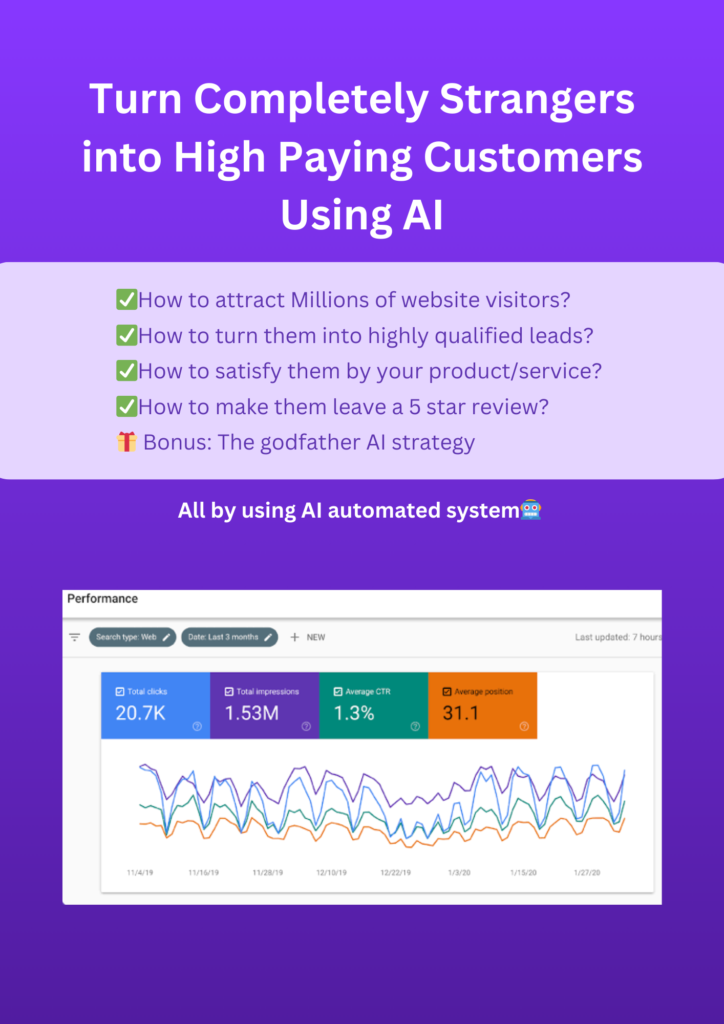Introduction
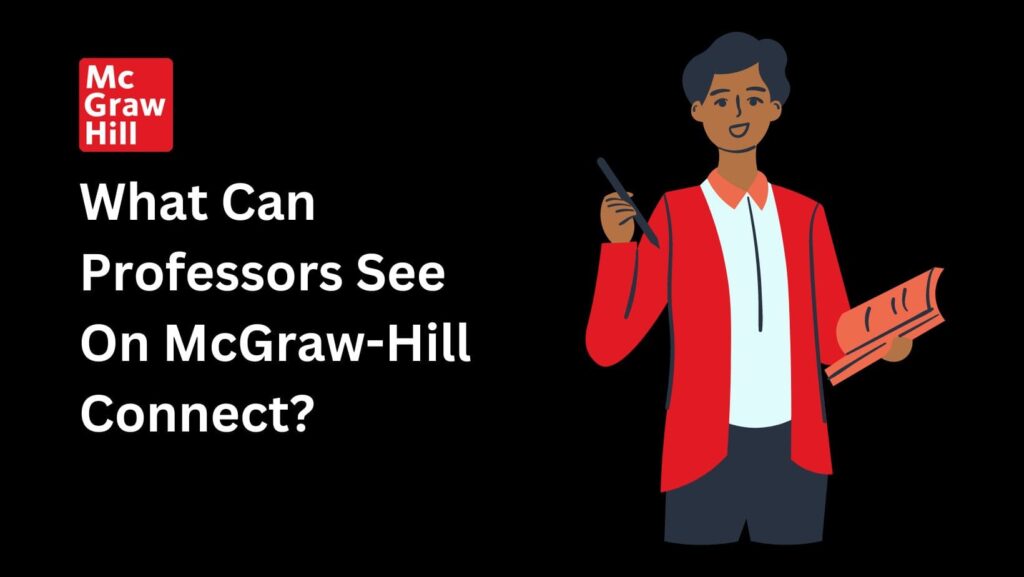
What Can Professors See On McGraw-Hill Connect?
Ever wondered just how much your professors know about your online study habits?
In this article, we’ll reveal everything about what your professors can see on McGraw-Hill Connect and whether you should worry about your privacy.
From tracking your progress to monitoring your activity, we’ll break down all the details.
So buckle up, because we’re about to dive into the world of McGraw-Hill Connect and what it means for you as a student.
What Is McGraw Hill Connect?
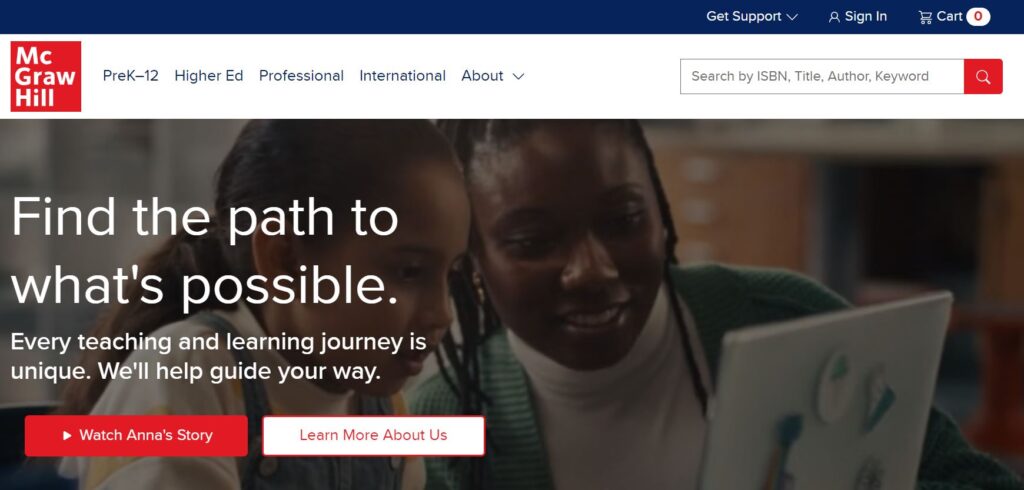
McGraw Hill Connect is an online learning platform made for college students and teachers.
It works as a digital system where teachers can create and manage their courses.
They can use a wide range of resources provided by experts in different subjects.
These resources include things like online textbooks, assignments, and tests.
Teachers can also use Connect to see how their students are doing.
The platform has tools that let teachers track progress and see where students might need extra help.
For students, McGraw Hill Connect gives access to all their course materials, assignments, and online tests.
It also has study tools and interactive content to make learning easier and more engaging.
In short, McGraw Hill Connect is a complete online system that helps both teachers and students have a better educational experience.
McGraw Hill Connect Role In Stopping Cheating
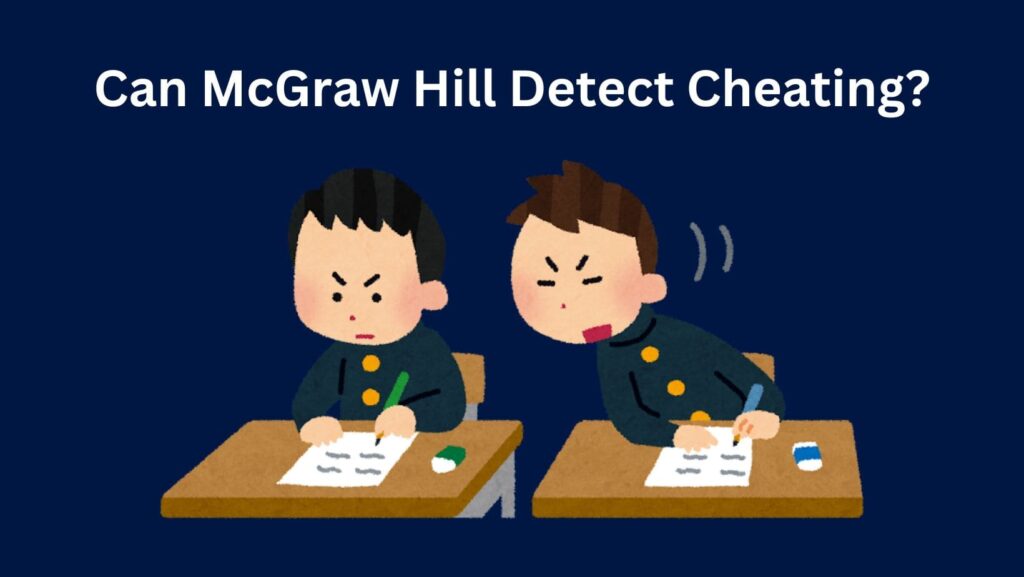
Before diving into “What Can Professors See On McGraw-Hill Connect?” lets discuss how does McGraw Hill Connect stops cheating.
McGraw Hill Connect works hard to stop cheating in several ways.
First, they encourage honesty by having teachers explain the rules clearly.
Teachers can share an honor code and test policies with students before any online tests, so everyone knows what is expected.
Second, McGraw Hill Connect has tools to make cheating harder during exams.
Teachers can mix up the order of questions, use different versions of the test, and limit how many times a student can try each question.
Some teachers even use proctoring services that record a student’s webcam and screen during the test.
These recordings can be checked later if something seems suspicious.
Finally, McGraw Hill Connect uses special algorithms to shuffle questions and look at answer patterns.
This helps spot any unusual streaks of correct answers that might suggest cheating.
While these methods can’t stop cheating completely, they make it much harder for students to cheat and help keep the testing fair.
What Can Professors See On McGraw-Hill Connect?

Let’s finally discuss what can professors see on McGraw-Hill Connect?
McGraw-Hill Connect has different views for students and teachers, keeping their information separate.
Students can see their own materials, take quizzes and exams, track their grades, and use study tools given by the teacher.
Professors, however, have a broader view.
They can see each student’s performance details, look at class performance trends, check student activity and access logs, and understand how engaged students are.
This setup helps students focus on their studies while giving teachers the tools to manage their courses and support their students better.
Here’s the list of what can professors see on McGraw-Hill Connect.
1. Student Performance:
Assignment Results: Professors can see each student’s scores on assignments, quizzes, and exams. They can check overall grades, points earned for each question, and which questions were answered incorrectly.
Performance Over Time: Professors can track how students are doing throughout the course by looking at their scores over time. This helps teachers spot students who might be having trouble or doing really well in certain areas.
2. Detailed Reports:
Class Averages: Professors can see how the whole class did on an assignment. This helps them understand if the assignment was too hard or too easy and make changes for future tests.
Item Analysis: This report shows how students did on each question in an assignment. It helps teachers see which questions were difficult for the class and where students might need more help.
Mastery Reports (For SmartBook assignments): These reports show how students are progressing through adaptive learning modules. They highlight areas where students understand the material well and topics that need more review.
3. Student Activity:
Submission Time and Attempts: Professors can see when students submit their assignments, quizzes, or exams. They can also track how many times a student tried a particular question or assessment. This helps in spotting any unusual patterns that might suggest cheating.
Access Logs: Professors can check logs to see when and how students accessed course materials. This includes details like login times, what resources were accessed, and how much time was spent on specific materials.
Practice History (For SmartBook assignments): Professors can see how students worked with adaptive learning modules. They can check the number of practice problems attempted, time spent on each concept, and which areas needed more practice.
4. Overall Class Insights:
Class Performance: Professors can get a clear picture of how the entire class is doing by looking at average grades and how many students complete their assignments. They can also see how engaged students are with the course materials.
Identify Struggles: By studying the performance data, professors can find out which parts of the course are difficult for the class. This helps them change their teaching methods or provide extra help where needed.
Engagement Levels: Professors can track how often students access course materials and join in online activities. This helps them spot students who might not be keeping up and could use some extra support.
5. Additional Features:
Submission Flagging: Professors can set up Connect to flag assignments or tests that might show signs of cheating, like when students have similar answer patterns.
Proctoring Integration: Some professors use third-party proctoring services that work with Connect. These services monitor students during exams using webcam and screen recordings to ensure fair testing.
Privacy And Ethical Considerations
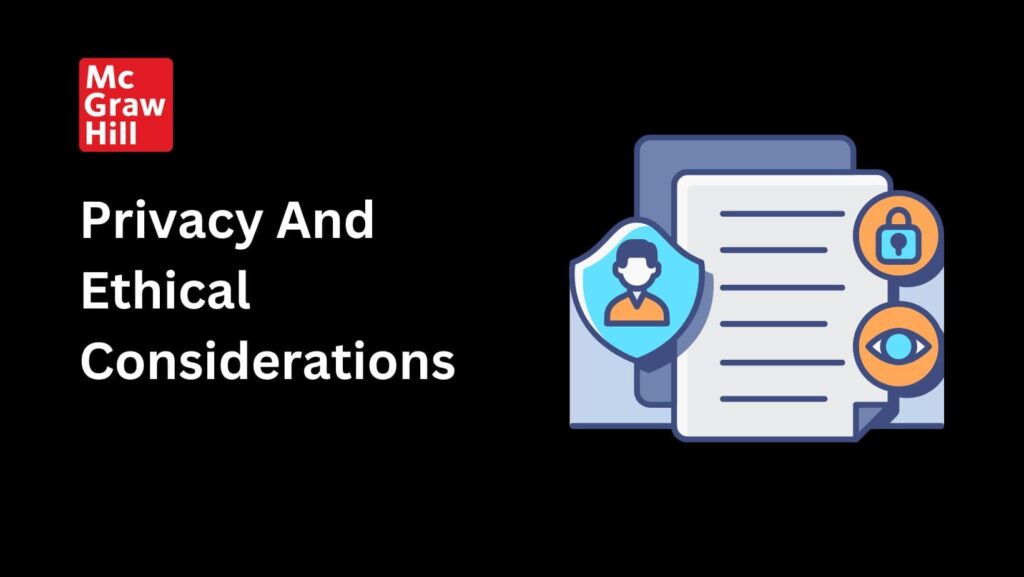
Whether you should worry about privacy on McGraw-Hill Connect depends on how comfortable you are with your educational data being used.
McGraw-Hill Connect uses data to make learning more personalized and to help prevent cheating.
It’s good to know what your professors can see, like your performance and activity, so you can understand how data is managed in your course.
If you’re not sure how your data is being used, you can ask your instructor or contact McGraw-Hill to learn more about their privacy policies.
It’s up to you to decide if privacy is important to you.
If knowing how your learning habits and performance are being analyzed matters to you, then privacy is something to consider.
Tips To Win In McGraw-Hill Connect
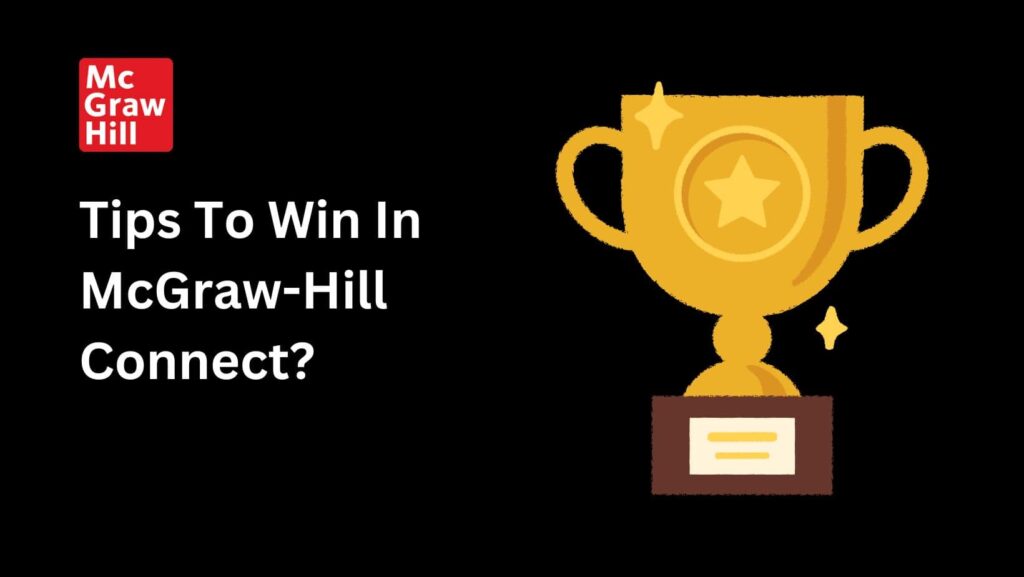
1. Master the Art of Deception (Within the Rules)
Many teachers use question banks or practice exams on McGraw-Hill Connect that are similar to the real exam.
Treat these as practice missions. Look for common themes, question types, and difficulty levels.
Study your mistakes to understand where you need more work.
This can really help when you face similar questions on the actual exam.
If your teacher takes away points for wrong answers, be careful with guessing.
Try to make an educated guess by eliminating obviously wrong options.
This can increase your chances of getting the right answer.
2. Use the Power of Adaptive Learning
If your teacher uses the SmartBook feature, it will adjust to your strengths and weaknesses.
Don’t rush through these assignments.
Pay attention to the areas that need more review and focus on them.
These are likely to be important for the exam.
3. Time Management Ninja
Use practice exams to improve your time management.
Set a timer like the real exam and track your progress.
See if you spend too much time on certain questions and work on improving your speed without losing accuracy.
Exams may have a mix of easy and hard questions.
Don’t get stuck on the tough ones.
Answer the questions you know first to earn points quickly, then go back to the harder ones if you have time.
4. Leverage the Community (When Allowed)
If your teacher allows, form study groups or online forums with classmates.
Discuss course topics, share tips from practice exams, and test each other’s knowledge.
Teaching someone else helps you learn better and can reveal areas where you need more study.
Use any Q&A forums your course offers.
Ask questions about material or tricky question types.
This helps you and might also help your classmates.
5. Embrace Active Learning
Memorizing facts might help with some questions, but understanding the concepts will help you more.
This way, you can handle questions that are worded differently or require deeper thinking.
Course topics often relate to each other.
Look for connections between different subjects to strengthen your understanding and make it easier to recall information during the exam.
Conclusion
Understanding “What Can Professors See On McGraw-Hill Connect?” can help you better navigate your online learning experience.
Professors have access to a variety of tools that let them see your performance, track your activity, and monitor engagement.
While these features help improve learning and maintain fairness, it’s important to be aware of how your data is used.
If you have concerns, don’t hesitate to ask your instructor or McGraw-Hill about their privacy practices.
Remember, knowing how the system works can help you study smarter and get the most out of your courses.
FAQs
Q1. What Can Professors See On McGraw-Hill Connect?
Professors can see your assignment scores, track your progress, monitor your activity, and access detailed reports on class performance.
Q2. Can professors see when I access course materials?
Yes, professors can view logs that show when and how often you access course materials.
Q3. How does McGraw-Hill Connect help prevent cheating?
It uses tools like question randomization, proctoring services, and algorithms to flag unusual answer patterns.
Q4. What should I do if I’m concerned about my privacy on McGraw-Hill Connect?
You can ask your instructor or contact McGraw-Hill directly to learn more about their privacy policies and how your data is used.
Q4. How can I use McGraw-Hill Connect to improve my study habits?
Utilize practice exams, focus on areas highlighted by SmartBook, manage your time effectively, and collaborate with classmates if allowed.
Related Articles
Can McGraw Hill Detect Cheating?
Can Brightspace Detect Copy and Paste In 2024?
Can Brightspace Detect Cheating? Let’s Explore Now!
Can Brightspace Detect ChatGPT, AI or QuillBot?
Can Brightspace Detect Switching Tabs?
Can Schoology Detect Switching Tabs? – Let’s Explore Now!
Does Proctorio Tell You When You’re Flagged?

